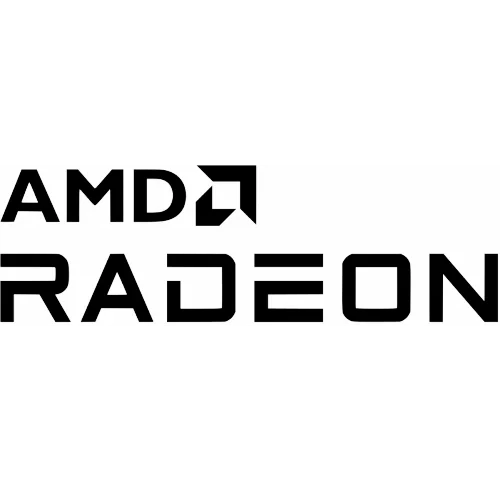Direct3D 11 vs. OpenGL vs. Vulkan Radeon Benchmarks On Windows & Linux

Original Phoronix Premium article (and if you missed it, the big Windows vs. Linux AMD Radeon graphics comparison):
Being published shortly is a large Windows vs. Linux AMD graphics driver comparison featuring an assortment of OpenGL and Vulkan games. The latest Radeon Software was obviously tested with Windows 10 while under Ubuntu Linux both the AMDGPU-PRO and fully open-source driver stacks were each tested with the cards being used: an R9 Fury and RX 480. For this article as a benefit to Phoronix Premium members is a look at the Direct3D 11 vs. OpenGL vs. Vulkan gaming performance for Dota 2 and The Talos Principle, the only two games with Windows/Linux support where we can test such combinations of renderers.
Dota 2 and The Talos Principle were used for this comparison for being the only two primary Linux games right now that have a Vulkan renderer as well as an OpenGL renderer. Under Windows, there is Vulkan, OpenGL, and Direct3D 11 available making these two games good candidates for this cross-OS driver comparison. The same test demos / settings were used between Windows 10 and Linux. The same system was obviously also used throughout testing: Intel Xeon E3-1280 v5 Skylake CPU, Samsung 950 PRO NVMe 256GB, MSI C236A Workstation motherboard, and 16GB of DDR4-2133 EUDIMM memory.
In the article being published shortly there are many more OpenGL games/benchmarks tested for this Windows vs. Linux comparison on the AMD Radeon side. For this article the community-based open-source RADV Vulkan driver wasn't tested since it's not yet mainline and is going to be tested for its own article on Phoronix in the next few days. The Vulkan Linux testing was done with AMDGPU-PRO while the OpenGL renderers were tested both with the latest open-source driver (Linux 4.8 + Mesa 12.1-dev) as well as the latest AMDGPU-PRO release.
First up are The Talos Principle with 1080p results on the Radeon R9 Fury followed by the RX 480:
For both graphics cards, the fastest performance between Windows and Linux was under Windows 10 for The Talos Principle while using the Direct3D 11 renderer. While The Talos Principle was the Vulkan launch title, its performance still trails the D3D11 performance at least when using Radeon hardware.
At least though the Vulkan performance was noticeably faster than the OpenGL results. With the OpenGL results, the performance between Windows 10 and AMDGPU-PRO on Linux were close to the same. Sadly, in last place was the fully open-source Radeon driver stack with Linux 4.8 and Mesa 12.1-dev.
With The Talos Principle at 4K, the Direct3D 11 renderer remained faster than OpenGL and Vulkan. At least though Vulkan is still showing much more promise than OpenGL for greater performance. It's also good to see the Vulkan performance being close to the same between Windows and Linux. The OpenGL performance between AMDGPU-PRO and Radeon Software were also close to the same, which would be expected since derived from the same closed-source OpenGL code-base. It looks like from the pure open-source results that RadeonSI still has to be optimized but the AMDGPU-PRO results show that the AMDGPU kernel driver appears to be in good standing.
Now a look at Dota 2 with 1080p:
This is rather different from The Talos Principle... With Dota 2, the Vulkan performance on both Windows and Linux was the best! These numbers were quite close between Windows and Linux as well. With the R9 Fury the D3D11 renderer was the slowest while with the RX 480 it was a few frames faster than the OpenGL speed. Also promising from these results is how close the pure open-source numbers (Linux 4.8 + Mesa 12.1-dev) are compared to the Radeon Software Windows driver and hybrid AMDGPU-PRO driver!
With Dota 2 at 4K, the Vulkan performance was closer to the Direct3D 11 numbers. But nevertheless it's great to see how competitive it is and a better standing for Vulkan than with The Talos Principle. The pure open-source AMD Linux graphics driver was also competing well with the closed-source Windows/Linux OpenGL drivers.
Well, what do you think of these numbers? Particularly the Dota 2 numbers are promising for Linux gamers but The Talos Principle numbers are also positive for the future of Vulkan and show that additional performance gains can still be expected to better compete with Direct3D. Share your thoughts or personal experiences between D3D/Vulkan/OpenGL by commenting on this article in the forums and thanks for subscribing to Phoronix Premium so that I can provide more of these tests in the future.
32 Comments

